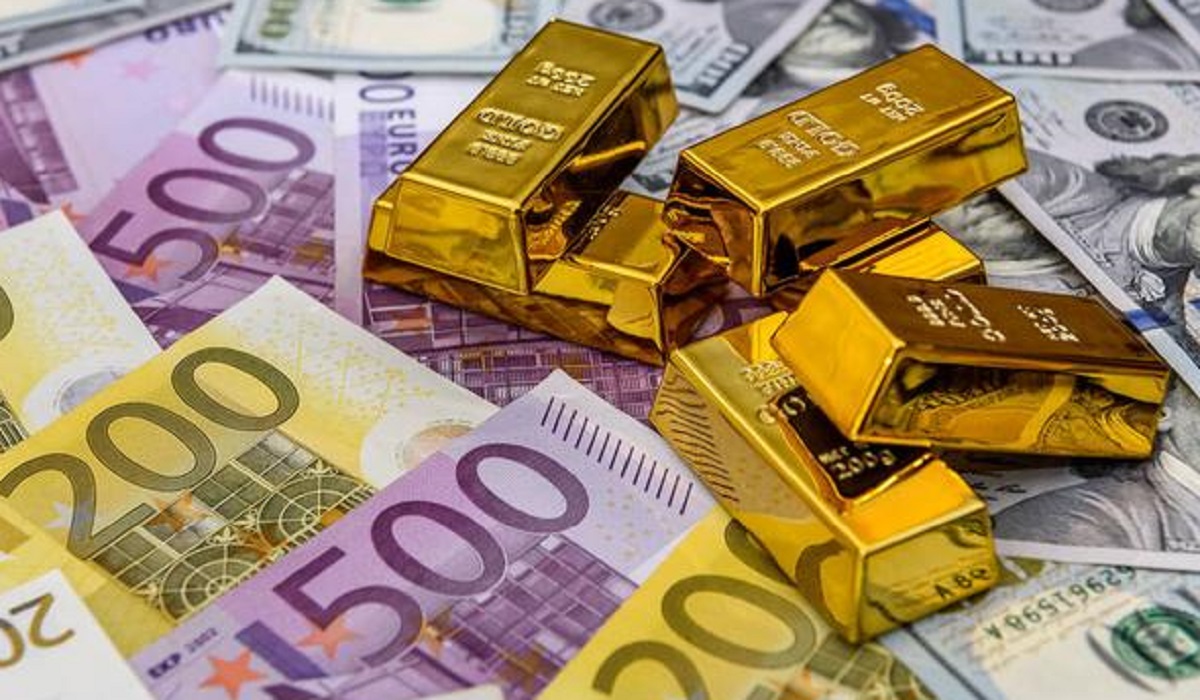What are the factors affecting the correlation between parity and gold prices?
Parity refers to a state of equality or balance between two things. In the context of currency markets, parity refers to a condition where the exchange rate between two currencies is at a level that is considered to be fair or equal. There are different types of parity that can be used to measure the relationship between two currencies, such as:
Purchasing power parity (PPP): PPP is a theory that suggests that in the long run, exchange rates between two currencies should adjust to equalize the purchasing power of money across different countries. This means that the same basket of goods and services should cost the same amount in both countries after the exchange rate is taken into account.
Real exchange rate parity: Real exchange rate parity suggests that the relative prices of goods and services in different countries will eventually adjust to equalize the real exchange rate between the two countries.
Interest rate parity: Interest rate parity is a theory that suggests that the difference in interest rates between two countries should be equal to the difference in the forward exchange rate between the two currencies. In practice… GO TO THE NEXT PAGE TO CONTINUE…

